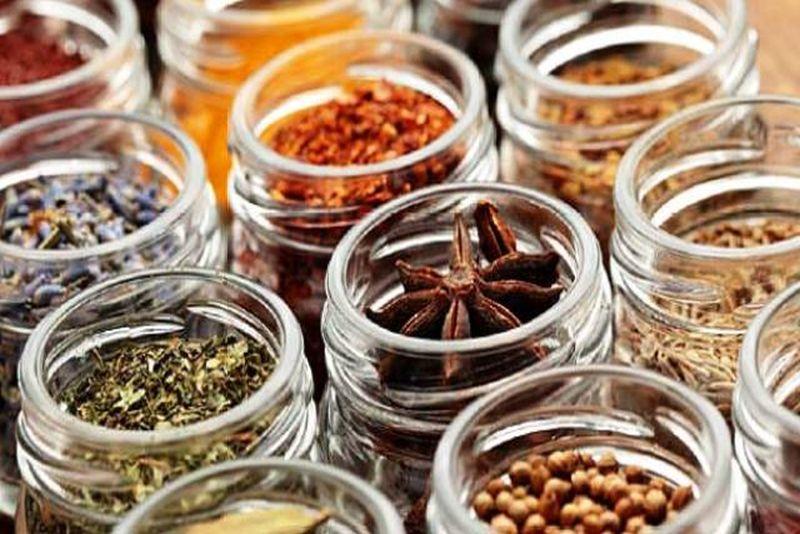Ethiopia has a long history of spice and herb production for the domestic market and has a unique, indigenous product, Korarima cardamom (Aframomum korarima).Modest quantities of several spices have been exported for centuries to countries in the Middle East and exportsto Europe have developed over the past twenty years(Wikipedia).
Definition of herbs
In general use, herbs are any plants used for flavoring, food, medicine, or perfume. Culinary use typically distinguishes herbs as referring to the leafy green parts of a plant (either fresh or dried), from a “spice”, a product from another part of the plant (usually dried), including seeds, berries, bark, roots and fruits. In Ethiopia several culinary herbs are produced: chervil, chives, coriander, dill, green basil, lovage, mint, oregano, rocolla, thyme, vernonia, etc. Next to that, the medical herbs produced in Ethiopia are described below.
Medicinal herbs in Ethiopia
1. Artemisia abyssinica Artemisia abyssinica or Chikugn (Amharic) is a species of wormwood that is traditionally used for intestinal problems, for infectious diseases, and is anti-leishmanial (acts against Leishmania parasites). The whole herb can be used to address tonsillitis,and an infusion is traditionally drunk as a remedy for colds, and sickness in children.
2. Demakese Ocimumlamifolium Used to treat coughs and colds, the fresh leaves are squeezed and the juice sniffed.The juice can also be used as an eye rinse for eye infection.Also used formich, an infection of fever with headache and mouth blisters.
3. Aloe vera , or Eret in Amharic, is known for its cooling and cathartic properties. It is used in Ethiopia for fever, spleen and liver troubles, as well as‘knee troubles in old age’ and ‘eye treatment’. The juice of the plant would be used on the breast of nursing mothers to assist with weaning as its bitter taste would discourage the baby from suckling. The juice of the leaf is also known to be given to a motherin childbirth to ease labour.In western medicine, the fresh juice of the Aloe vera plant is used as a topical application to cool burns, and the juice is taken orally for digestive disturbance.
4. Zingibil (Amhar)or Dendabil (Tig.)The rhizome (root) of ginger is popularly used in Ethiopia for stomachache and respiratory problems. It is chewed or masticated with ‘feto’ (Lepidium sativum) for stomach disorders.It is also popularly used for its carminative (relieves gas ) and anti-nausea activities.
5. Gisewa (Amhar) or Withania somnifera Known to be used for coughs and asthma, as a narcotic and an anti-epileptic in Ethiopia. Research notes other traditional uses for headache (as a dressing), paludism (malaria), ague, fever, stomachache and as a diuretic. The smoke of the burning root is commonly inhaled for ‘Satan beshita’ or ‘devil disease’ (Asres 2001).
6. KeberchoEndemic to Ethiopia, Echinops kebericho, is used for fever and as a taenicidal herb (to expell tapeworm).The smoke from burning the plant is inhaled to relieve headache and also as a cure for “evil eye” (possession by evil spirits in Ethiopian folk religion).

